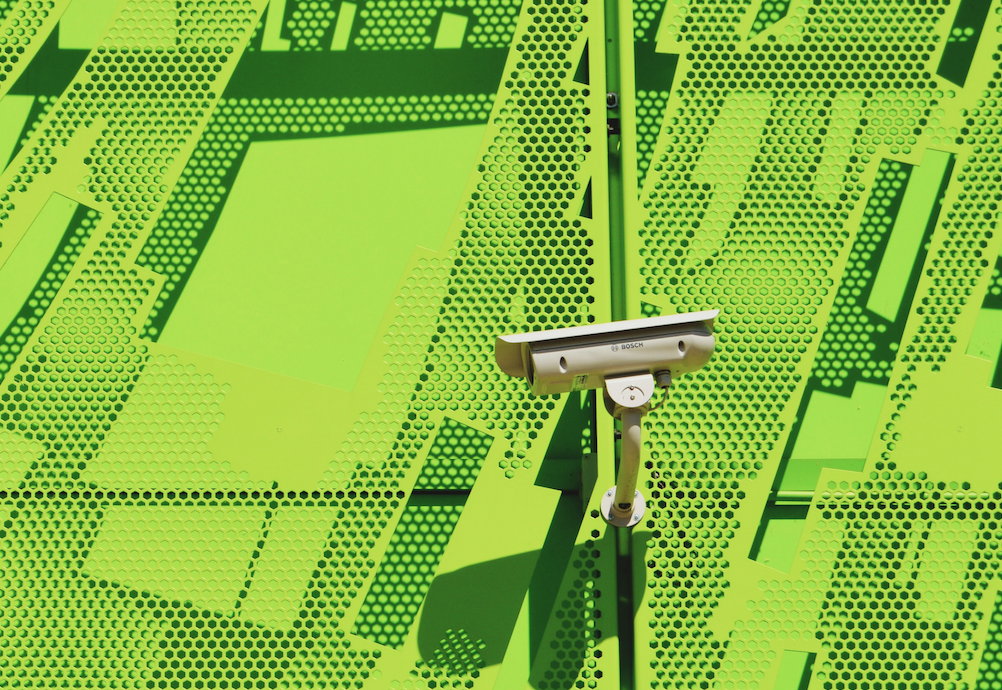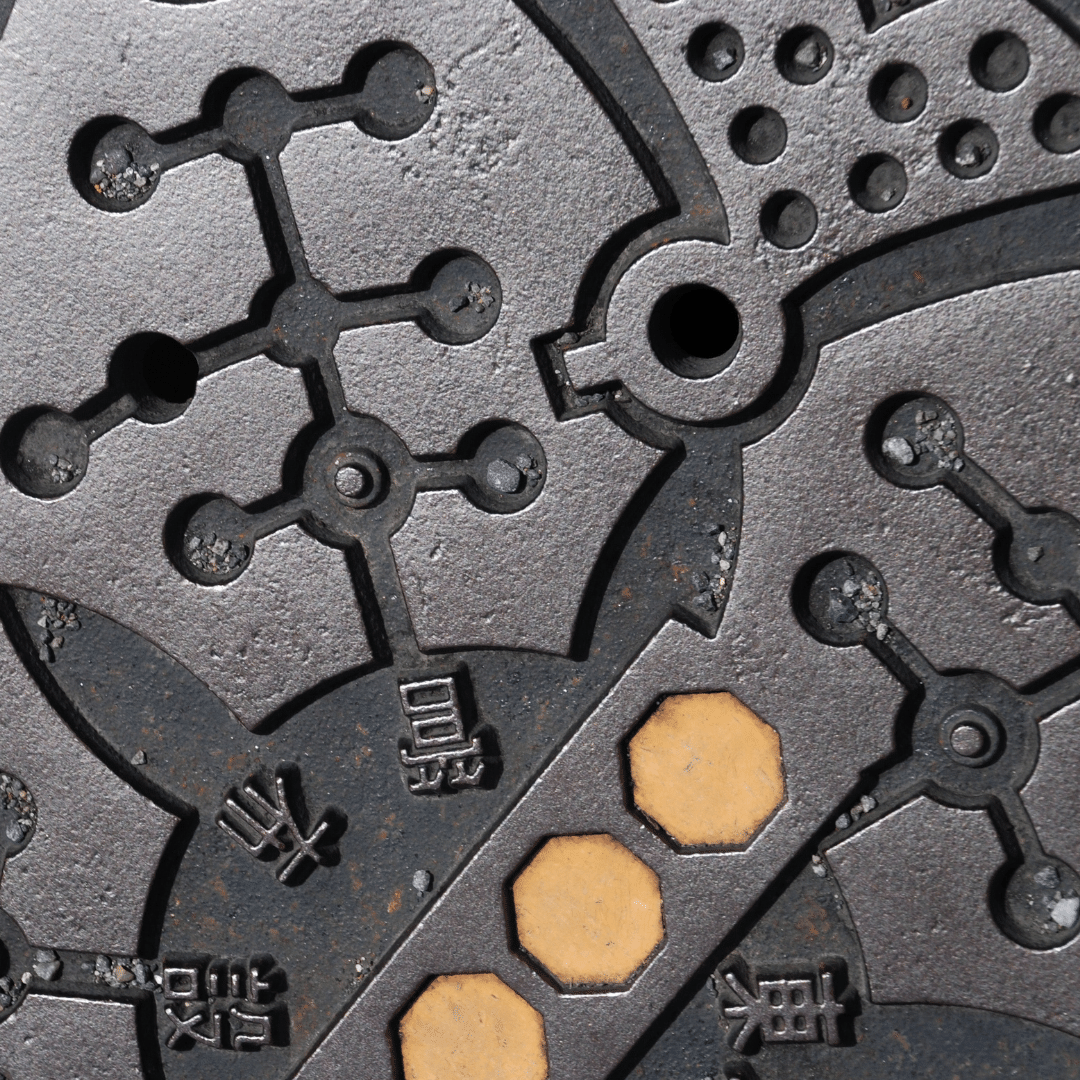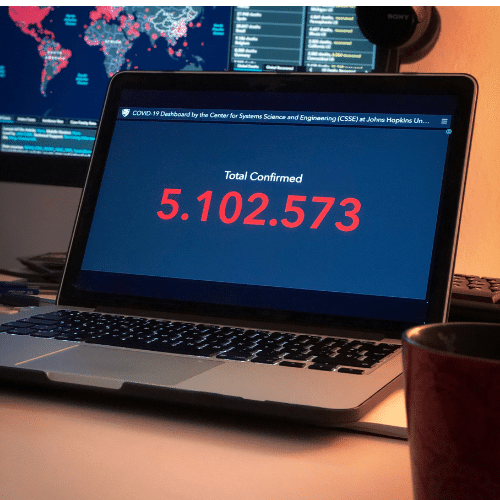Why MDR is Mission Critical for SMBs
What is MDR?
Managed Detection and Response (MDR) provides businesses with the capacity to detect threats, respond to incidents, and monitor device, app and network usage. Best of all: a third party takes responsibility for management of the tool.
In fact, MDR provides the same benefits as a tool many large corporations depend upon to secure their network environments: endpoint detection and response (EDR). EDR tools collect and monitor activity from endpoints (any device, application, or server that accesses your network). Then, the tool analyses the activity data with an eye for identifying potential threats. If a threat is detected, the tool alerts an analyst, who then manually investigates the issue.
The analyst who monitors the EDR tool is a highly trained, deeply skilled expert in cyber security. Adding an analyst to a small team is usually cost prohibitive; these individuals command a significant salary.
The required skill and time to manage EDR tools is often daunting to small and medium businesses. Often experiencing a very full workload, these businesses (perhaps your business!) have limited capacity to consider network monitoring.
That’s why MDR exists: to provide fully staffed endpoint protection and response services to businesses without the skill or desire to manage an EDR tool. As a managed service, MDR combines threat detection, automated analysis and human expertise. An MDR tool promises to protect your organization when attackers bypass your existing security (like antivirus tools or a firewall), alerting you to potential threats as they arise. These solutions rely on machine learning algorithms to identify threats; the identified patterns will inform all future behavior-based threat categorization.
We Live and Work in Environments Filled with Endpoints
No matter the size of the business, endpoints are everywhere.
On average, each employee access an employer’s network from at least 3 endpoints (including desktop computers, laptops, smartphones, tablets, smart watches and all the associated apps). With each endpoint that accesses the network, the more opportunities cyber attackers have to interfere. To put the scale of all these endpoints in perspective: in large enterprise environments, 44% of IT teams manage between 5,000 and 500,000 endpoints. That’s a lot of opportunities to attack.
Endpoint visibility is critical to prevent breaches from damaging a business’s online operations. The most significant benefit of an MDR solution is the promise of data protection. If a breach occurs in an company without an MDR solution, the business’ data is compromised. So too is their reputation. Customers will no longer trust the organization, and the company might be on the hook to the tune of millions of dollars for violating data privacy laws. In most cases, a data breach will destroy a small business. An MDR solution provides a layer of security that can keep any business with an online presence alive.
Managed Detection and Response Services: What will my business experience?
MDR services provide a clear understanding of what’s happening on your devices, apps and network. Even if something or someone undesirable gets through the layers of defence, you’ll know what happened and when. This provides you with the knowledge of what needs to be repaired and assists with recovery.
Effectively, an MDR service runs in the background; clients are only alerted when a breach is detected. If this happens, an analyst will contact you about the alert and provide a set of options for recovery response.
MDR services, like EDR solutions, provide detailed insights into any breach that occurs. That may include malware, phishing attempts, or access via vulnerable apps. If an unknown file attempts to pass the MDR tool, an alert signals the analyst to investigate further. This individual – or even a team - will then take action to investigate and remediate.

When your SMB Requires MDR
Workplace mobility and remote connection is both a blessing and a curse. While employees can work from anywhere, the possibility for attack increases exponentially. Cyber attackers looking for vulnerabilities, especially on mobile devices, will take advantage of opportunities to breach a corporate network with the intent to access data.
That’s why MDR is important for your SMB. Firewalls and Antivirus solutions catch the known threats, but may miss unknown vulnerabilities. MDR, on the other hand, detects, hunts and supports the remediation of a breach.
Increasingly stringent regulatory compliance mandates huge fines for data protection violations. Without continuous monitoring and threat detection, a business can accidentally release data into the hands of a cyber attacker.
If your team does not have the capacity or expertise to track and respond to sophisticated threats, it’s time to look at MDR solutions.
Steps to Identify an MDR Vendor
The first steps to identifying an MDR vendor:
- Understand your capacity to respond to IT emergencies
- Assess your organization’s tolerance to risk
- Identify your organizations security criteria
- Know what types of threats you want to detect
- Eg. malware, unwanted software, hacking legit applications (eg. powershell), suspicious activity.
If you’re left wondering where to start, get in touch! CYDEF was built to help businesses secure their online operations. Our team of experts can help select the right cyber protection for your operation.

CYDEF
Related posts
Recent posts










